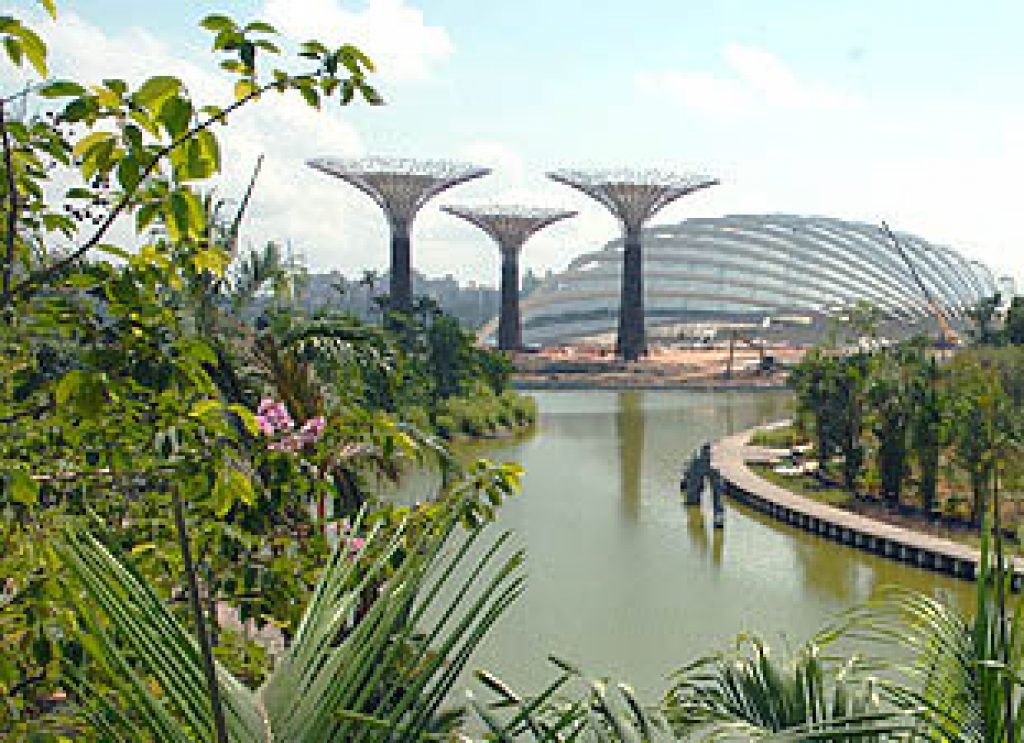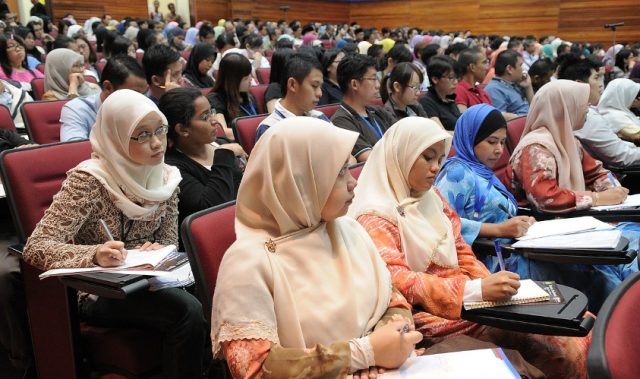
AsianScientist (Mar. 13, 2012) – Hot spots, an Economist Intelligence Unit research program, released today a competitiveness ranking of 120 of the world’s major cities, with Singapore coming out tops in Asia and third worldwide behind New York (1st) and London (2nd).

Covering a territory of 275 square miles, Singapore has managed to attract the strong presence of global companies such as Proctor & Gamble and Rolls Royce, alongside innovative startups and technological research. The result of these efforts is a dynamic economic environment that continues to attract corporations seeking entry into growing Asian markets.
Commissioned by Citigroup, the “Global City Competitiveness Index” ranked the 120 cities across eight distinct categories of competitiveness and 31 individual indicators. These cities collectively represent about 29 percent of the global economy, with a combined GDP of US$20.24 trillion.
To put the results of the index in context, the study authors reviewed existing research and interviewed city experts, mayors, and corporate executives around the world, such as Khoo Teng Chye, Executive Director of Singapore’s Center for Liveable Cities.
“Well over half of the world’s population now lives in cities, generating more than 80 percent of global GDP. Already, global business is beginning to plan strategy from a city, rather than a country, perspective,” the EIU website said.
“Given the rapid growth and development of many cities, particularly in emerging markets such as China and India, competition between them for business, investment and talent will only get fiercer.”
Among the key findings of the research:
American and European cities are the world’s most competitive today. New York and London are ranked at first and second place, despite concerns over aging infrastructure and large budget deficits.
Asia’s economic rise is reflected in the economic competitiveness of its cities. Asian cities dominate the “economic strength” category of the competitiveness Index – the most highly weighted category. All but five of the top 20 cities on this measure are Asian. Tianjin, Shenzhen and Dalian top the list, while nine other Chinese cities rank in the top 20. Singapore (15th), Bangalore (16th), Ahmedabad (19th), and Hanoi (joint 20th) round off the list. The top 32 Asian cities are all forecast to grow by at least 5 percent annually between now and 2016. Twelve of them will grow by at least 10 percent. This is in stark contrast to the low single-digit growth of most developed market cities in Europe and the United States.
A “middle tier” of mid-size cities is emerging as a key driver of global growth. Mid-sized cities with populations of two to five million such as Hanoi are collectively forecast to grow by 8.7 percent annually over the next five years, ahead of the megacities on which many firms focus.
The ability to develop and attract talent is the most significant advantage of a developed country city. European and American cities dominate the human capital category of the index. This stems primarily from the quality of their educational systems and the entrepreneurial mindset of their citizens. But other factors bolster their performance too, such as cultural activities and a generally good quality of life.
“Soft” infrastructure is also necessary to secure their attractiveness to tomorrow’s talent. Aside from skyscrapers, rail links, and other infrastructure, emerging market cities in the decades ahead will need to focus their development on the softer aspects including education, quality of life, and personal freedoms, among other things. Another, more basic factor will be the ability, especially within China’s cities, to grapple with the pollution challenges that threaten the health of their citizens.
Cities of all sizes can be competitive, but density is a factor in the competitiveness of larger cities. Urban density is clearly linked to higher productivity: Hong Kong’s efficient density is one reason it performs far better in the index than, say, Mexico City’s inefficient urban sprawl.
To read more about the study, visit the Economist Intelligence Hot Spots website.
——
Source: Economist Intelligence Unit; Singapore Economic Development Board; Photo: Gardens by the Bay Singapore.
Disclaimer: This article does not necessarily reflect the views of AsianScientist or its staff.












